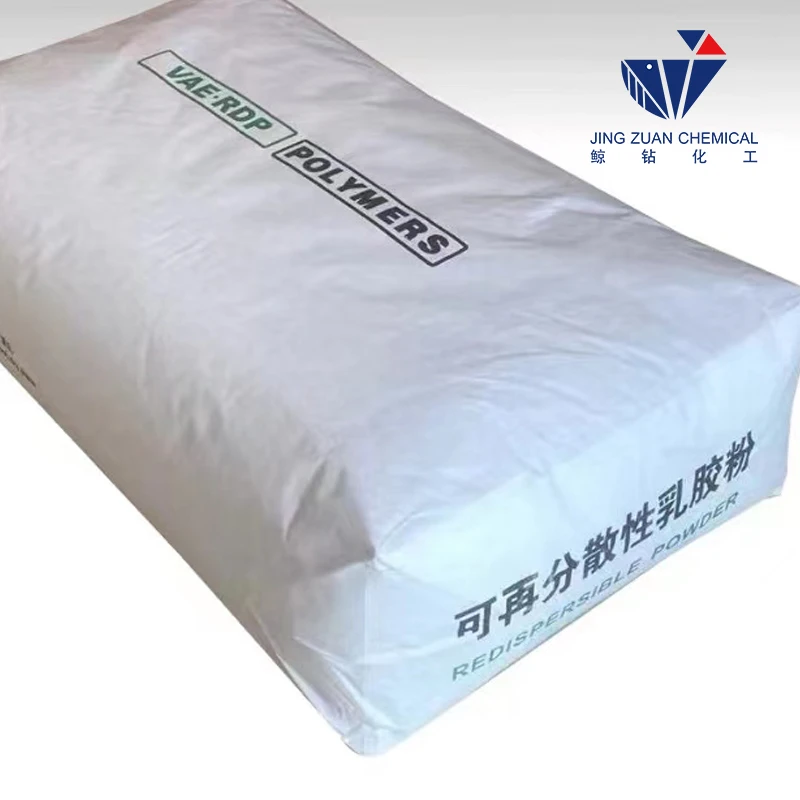
Dec . 23, 2024 21:56 Back to list
Exploring Various HPMC Variants for Diverse Applications in the Industry
Exploring HPMC Types A Comprehensive Overview
Hydroxypropyl Methylcellulose (HPMC), a cellulose-based polymer, has gained significant traction in various industries due to its multifaceted properties and applications. Being a non-ionic, water-soluble polymer, HPMC is widely recognized for its ability to retain moisture, enhance texture, and improve the overall performance of numerous products. This article aims to delve into the various types of HPMC, their unique characteristics, and how they are employed across different sectors.
Understanding HPMC and Its Structure
Before exploring the types of HPMC, it is essential to understand its basic structure. HPMC is derived from cellulose, a natural polymer obtained from plant cell walls. The chemical modification involved in creating HPMC includes the substitution of hydroxyl groups on the cellulose chain with hydroxypropyl and methoxy groups. This unique structure imparts distinct properties, such as solubility in cold water, thermal stability, and the ability to form films, which make HPMC an invaluable ingredient.
Classification of HPMC Types
HPMC can be classified based on several criteria, such as viscosity, gel strength, and degree of substitution. This classification informs users about the specific properties and applications suitable for each type of HPMC.
1
. Based on ViscosityHPMC types are often categorized according to their viscosity levels. Viscosity is a crucial factor, especially in industries such as food, pharmaceuticals, and construction. Low viscosity HPMC is often used in formulations requiring easy flow and spreadability, while high viscosity HPMC is chosen for applications needing thicker consistency and enhanced stability.
- Low Viscosity HPMC Typically used in applications such as aerosol products, this type of HPMC ensures even distribution and stability without affecting the overall texture.
- Medium Viscosity HPMC Commonly found in household products like detergents and fabric softeners, this type strikes a balance between flow and thickness.
- High Viscosity HPMC Ideal for applications like thickening agents in paints or coatings, high viscosity HPMC provides excellent suspension and adhesion characteristics.
2. Based on Gel Strength
Another way to classify HPMC is based on its gel strength. Gel strength refers to the ability of HPMC to form a gel-like structure when mixed with water, which is critical in applications such as drug delivery systems and food products.
- Weak Gel Strength HPMC Often utilized in food products like sauces and dressings, this type assists in stabilizing emulsions without making them overly thick.
hpmc types

- Strong Gel Strength HPMC Commonly used in pharmaceutical applications, strong gel strength HPMC can form robust gel-like matrices, essential for controlled-release formulations.
3. Based on Degree of Substitution
The degree of substitution (DS) indicates how many hydroxyl groups have been replaced by hydroxypropyl and methoxy groups. This classification affects solubility and rheological properties.
- Low DS HPMC This type is less soluble and often used in applications where a less viscous solution is required.
- High DS HPMC Highly soluble and suitable for various applications, the high DS type is favored in the pharmaceutical industry for drug formulations.
Applications of HPMC
The diverse types of HPMC cater to a wide array of applications across various industries
- Pharmaceuticals HPMC serves as a binder, coating agent, and controlled-release agent in drugs, enhancing bioavailability and stability.
- Food Industry In the food sector, HPMC is used as a thickener, emulsifier, and stabilizer, ensuring the desired texture and shelf-life of products.
- Construction HPMC acts as a water-retention additive in cement-based materials, improving workability and prolonging curing time.
- Cosmetics and Personal Care Due to its excellent film-forming properties, HPMC is a popular choice in lotions, creams, and gels, improving product texture and application.
Conclusion
In summary, Hydroxypropyl Methylcellulose (HPMC) is a versatile polymer with numerous types tailored to meet specific needs across various industries. Understanding the different classifications of HPMC based on viscosity, gel strength, and degree of substitution allows manufacturers and formulators to choose the right type for their applications. As demand for high-performance materials continues to grow, the role of HPMC in innovation and development across sectors is likely to expand even further.
-
Versatile Hpmc Uses in Different Industries
NewsJun.19,2025
-
Redispersible Powder's Role in Enhancing Durability of Construction Products
NewsJun.19,2025
-
Hydroxyethyl Cellulose Applications Driving Green Industrial Processes
NewsJun.19,2025
-
Exploring Different Redispersible Polymer Powder
NewsJun.19,2025
-
Choosing the Right Mortar Bonding Agent
NewsJun.19,2025
-
Applications and Significance of China Hpmc in Modern Industries
NewsJun.19,2025







